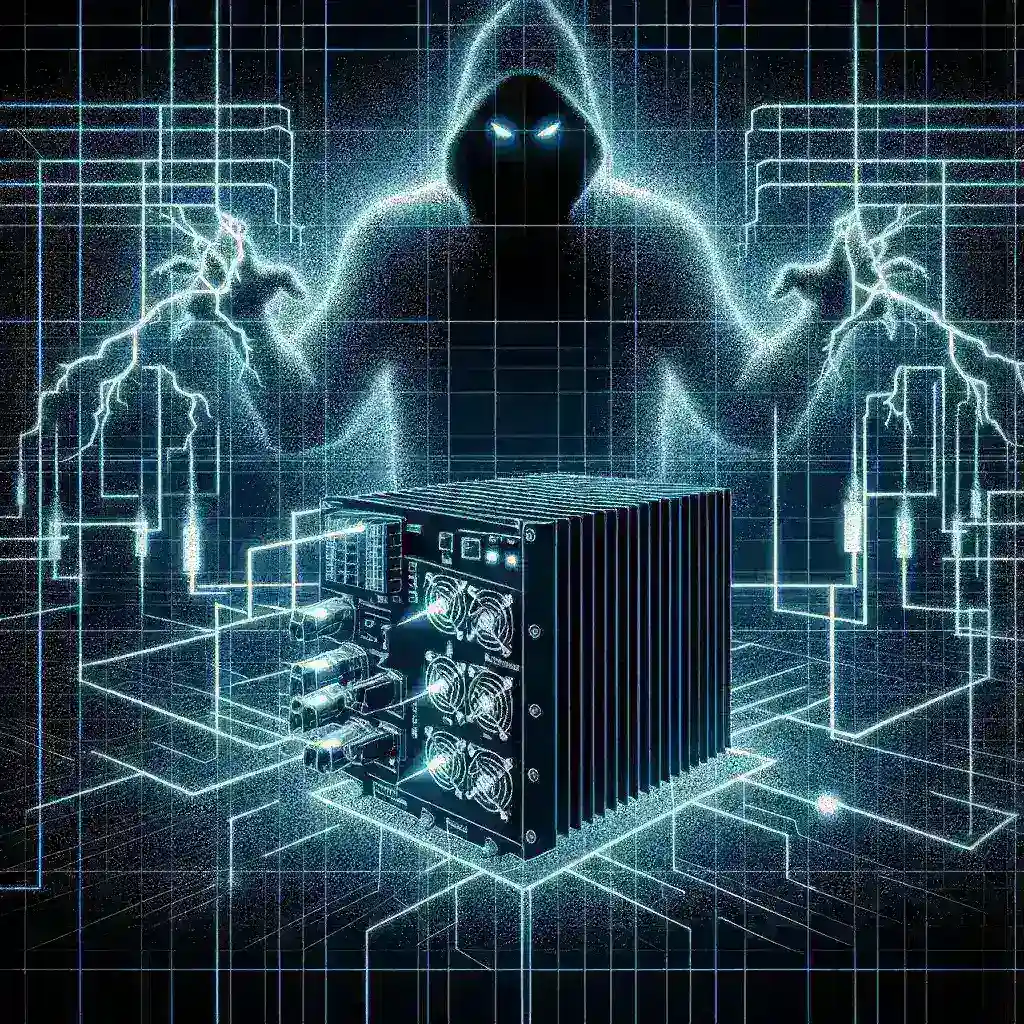Understanding Inverter Attacks
In recent years, the rise of renewable energy sources has significantly altered the landscape of electricity generation and distribution. Inverters, which convert direct current (DC) from sources like solar panels into alternating current (AC) for the grid, have become critical components in modern power systems. However, their proliferation also presents new vulnerabilities. Inverter attacks can disrupt grid stability, leading to widespread outages and potential security threats.
What are Inverter Attacks?
Inverter attacks refer to malicious attempts to compromise the functionality of inverters in the electrical grid, which can lead to undesirable outcomes such as:
- Grid destabilization
- Equipment damage
- Data breaches
These attacks can be executed through various means, including cyber intrusions, physical sabotage, or exploiting existing vulnerabilities in inverter technology. As the grid evolves, so does the need for effective contingency planning.
Historical Context of Inverter Vulnerabilities
Historically, the integration of inverters into the grid has been met with both enthusiasm and skepticism. With the shift towards renewable energy sources post-2000, inverter technology was rapidly adopted. However, incidents of inverter failures due to external tampering have prompted concerns about grid security.
Notable Incidents
One of the most significant cases occurred in 2015 when hackers targeted a Ukrainian power grid. This attack showcased how cybersecurity weaknesses could lead to significant operational disruptions. The incident served as a wake-up call for energy providers worldwide to reassess their contingency strategies.
Grid Contingency Planning: An Essential Strategy
To mitigate the risks associated with inverter attacks, energy providers must develop robust contingency plans. Effective planning involves several key components:
1. Risk Assessment
Understanding the potential threats posed to the grid is the first step in developing a contingency plan. Energy providers should conduct thorough risk assessments, identifying vulnerabilities in their inverter technology and grid infrastructure.
2. Developing Response Protocols
Once risks are identified, energy providers should establish clear response protocols. These protocols should include:
- Incident detection measures
- Emergency response teams
- Communication strategies
3. Regular Training and Drills
To ensure that staff are well-prepared to respond to inverter attacks, regular training sessions and emergency drills should be conducted. These preparations will enhance the team’s readiness and minimize response times during an actual event.
Example of Effective Training
For instance, a regional utility company conducted biannual training sessions simulating inverter attack scenarios. These drills not only improved response times but also fostered collaboration among various departments, crucial for effective incident management.
The Importance of Collaboration
Collaboration among stakeholders is vital for developing a comprehensive contingency plan. This includes:
- Government agencies
- Utility companies
- Cybersecurity experts
Pooling resources and knowledge allows for a more robust response to inverter attacks, fostering a culture of shared responsibility in grid security.
Engaging with Cybersecurity Experts
Engaging with cybersecurity experts can help energy providers identify vulnerabilities and implement cutting-edge protective measures. This engagement might involve:
- Conducting security audits
- Implementing advanced monitoring systems
Future Predictions: Evolving Threats and Solutions
As technology evolves, so do the methods used by malicious actors. Experts predict that inverter attacks will become more sophisticated, requiring energy providers to stay ahead of emerging trends.
1. Increased Automation
With the rise of automation in the energy sector, there is potential for both increased efficiency and new vulnerabilities. Automated systems may be more susceptible to cyber-attacks, emphasizing the need for fortified security measures.
2. The Role of Artificial Intelligence
Artificial intelligence (AI) is playing a transformative role in grid management. AI-driven systems can help predict and identify potential attacks before they result in significant damage. However, these systems themselves may become targets, necessitating ongoing vigilance.
Pros and Cons of Current Contingency Strategies
While current grid contingency plans have strengths, they are not without weaknesses. Below is a breakdown of the pros and cons:
Pros:
- Enhanced awareness of grid vulnerabilities
- Improved response times through regular training
- Collaboration fosters innovation and resilience
Cons:
- Resource-intensive training programs
- Potential over-reliance on technology
Conclusion: The Path Forward
Grid contingency planning for inverter attacks is an essential aspect of modern energy management. By understanding the risks, developing comprehensive response strategies, and fostering collaboration, energy providers can mitigate potential threats and ensure grid stability in the face of evolving challenges. As we look to the future, continued investment in technology and training will be crucial in maintaining a secure energy landscape.

